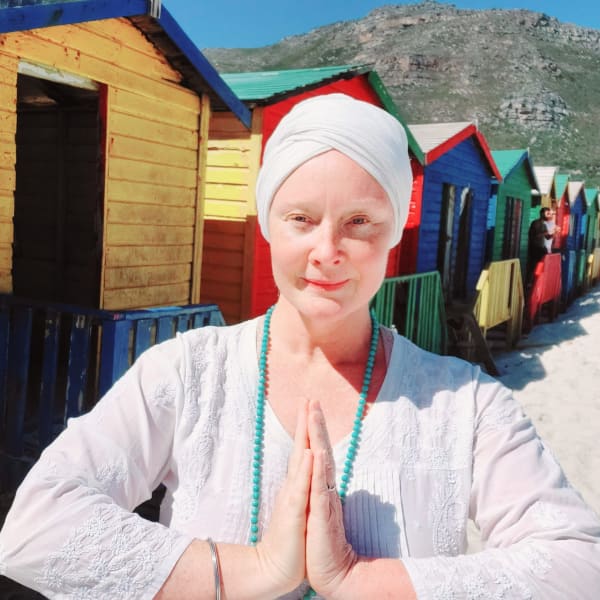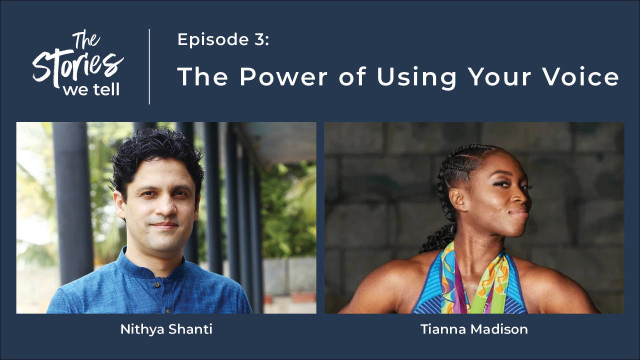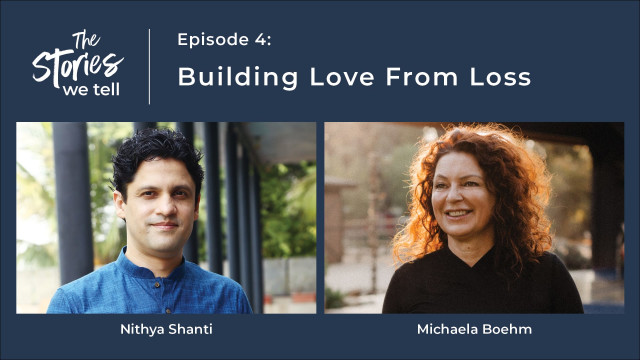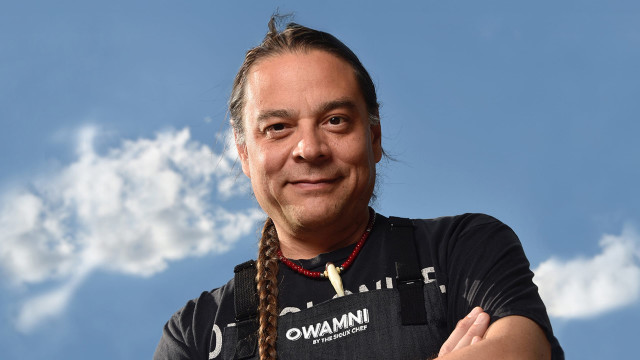Kundalini Yoga For Trying Times

When I stepped into my first Kundalini Yoga class in my mid-20s, I experienced a great sense of coming home and knew that this form of yoga was something I needed to share and teach.
I felt shaken when I learned the father of our daughter was HIV-positive. Kundalini Yoga became a powerful anchor; it provided me with practical tools to help navigate all the uncertainty I was living with.
Otherwise known as the yoga of awareness, Kundalini Yoga aims to balance and integrate mind, body, and soul. It is a holistic practice because it works with your entire being. Kundalini Yoga is based on kriyas, incorporating asanas, breathing techniques, mudras, and mantras. We work with kriyas that have specific physical, emotional, and energetic effects. The practice is incredibly meditative yet dynamic.
Essentially, we are awakening our dormant energy, symbolized by a coiled serpent at the base of the spine. As we awaken this energy, we release blocked or stagnant energy and strengthen and balance all body systems. Through this practice, our bodies are naturally strengthened to perceive and experience a subtle higher frequency of energy, thus aligning and awakening to our highest creative potential and essence.
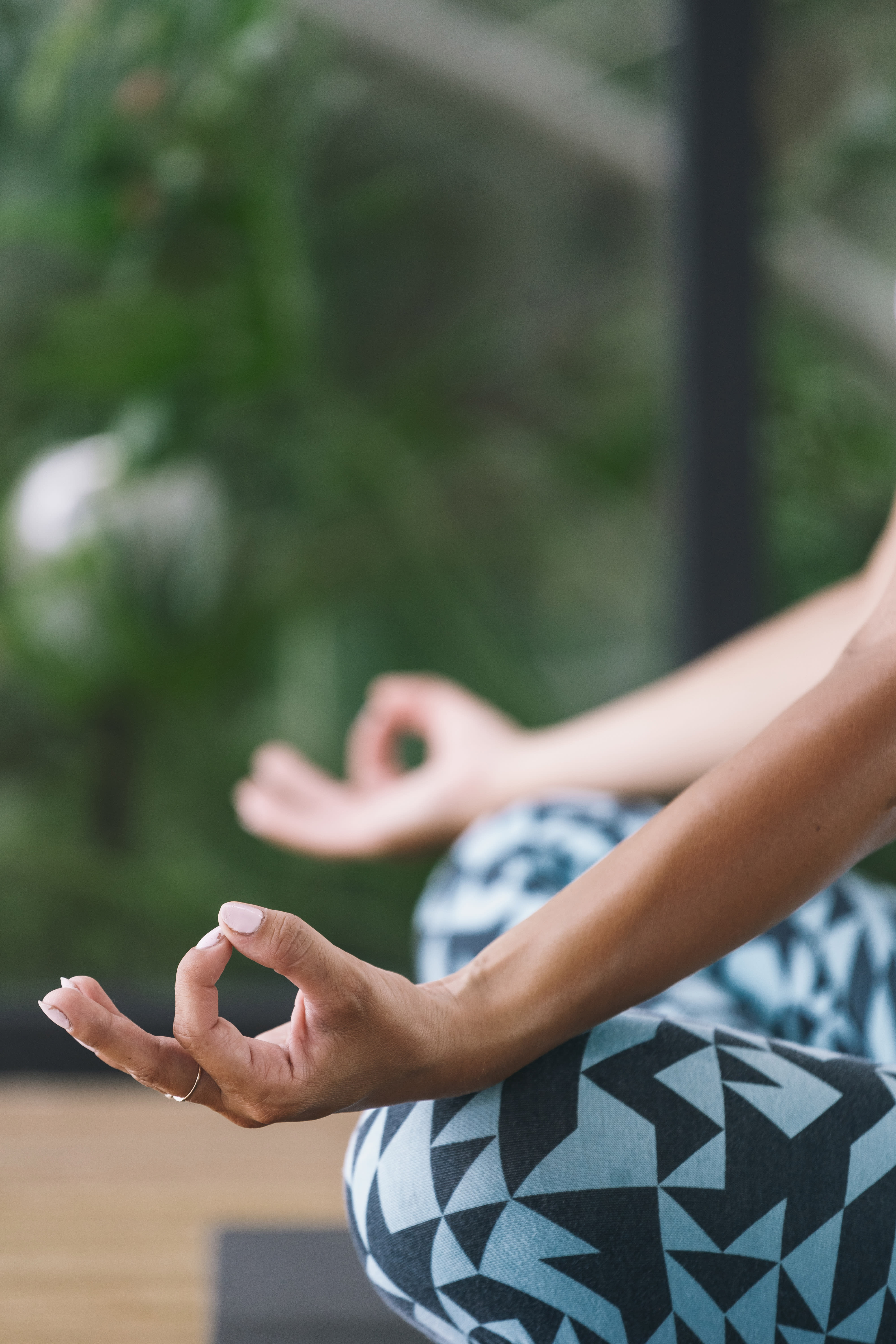
Dealing with Trauma
After my partner's passing, I was thrust into single motherhood caring for a 5-year-old; I was operating in survival mode. It was challenging, but I loved being a mother. What helped me in those early years was a connection with the divine and trusting in a bigger picture, an infinite consciousness, a purpose.
I surrendered to the experience and will never forget repeating these affirmations: "It is as it should be, everything is perfect as it is, there is a reason for everything."
While all of that was and is entirely true, I wasn't yet accessing the trauma of my experience. I hadn't fully realized the extent to which the trauma was still so deeply held in my body. There was so much more that needed to be released. Years later and deep into my practice, I started experiencing radical anxiety attacks. Waves of indescribable fear would ripple like a tremor through my body.
In these moments of gripping fear, I would feel like I was dying. There were specific kriyas and breath techniques that became an integral practice for me at this time that allowed for deep release and healing.
Healing is not a once-off thing; it is a process and a journey, with multiple layers to move through. There is no quick fix.
Being Present in the Moment
This practice of Kundalini Yoga carried me through those times of great and deep darkness and fear. Allowing discomfort and challenge is a phenomenal practice to nurture, as the nature of the universe is change, movement, and transformation. We learn the art of facing challenges with grace, grit, strength, and humor.
There is no space for stagnation when we are kept on our toes. In our current culture of instant gratification, there is a tendency to run from discomfort, as we want to feel happy and good all the time. This is not natural. When we are stretched or challenged, we learn our capacity and grow.
The practice of yoga nurtures the art of presence — a presence with what is, as it is, in each given moment.
Buddha said, "Live in this world as you would if you were living in a room with a deadly cobra." In this way, we remain awake, alert, alive, and ready to respond and move at any moment. The practice of yoga and meditation is a powerful tool for connecting us with where life is, which is right here in this present moment.
I'm now in my late 40s, and my journey with Kundalini yoga continues. If we are still here, we are still learning. I feel blessed to share this practice and continue to witness its transformational power in the lives of those who practice it.
Try this Roundglass course, Strengthen Your Body Through Breath, by detox and yoga specialist Kasandra Jewall, to exprience how breath and movement may help you detox your body.
Header photo: Farsai Chaikulngamdee/Unsplash
